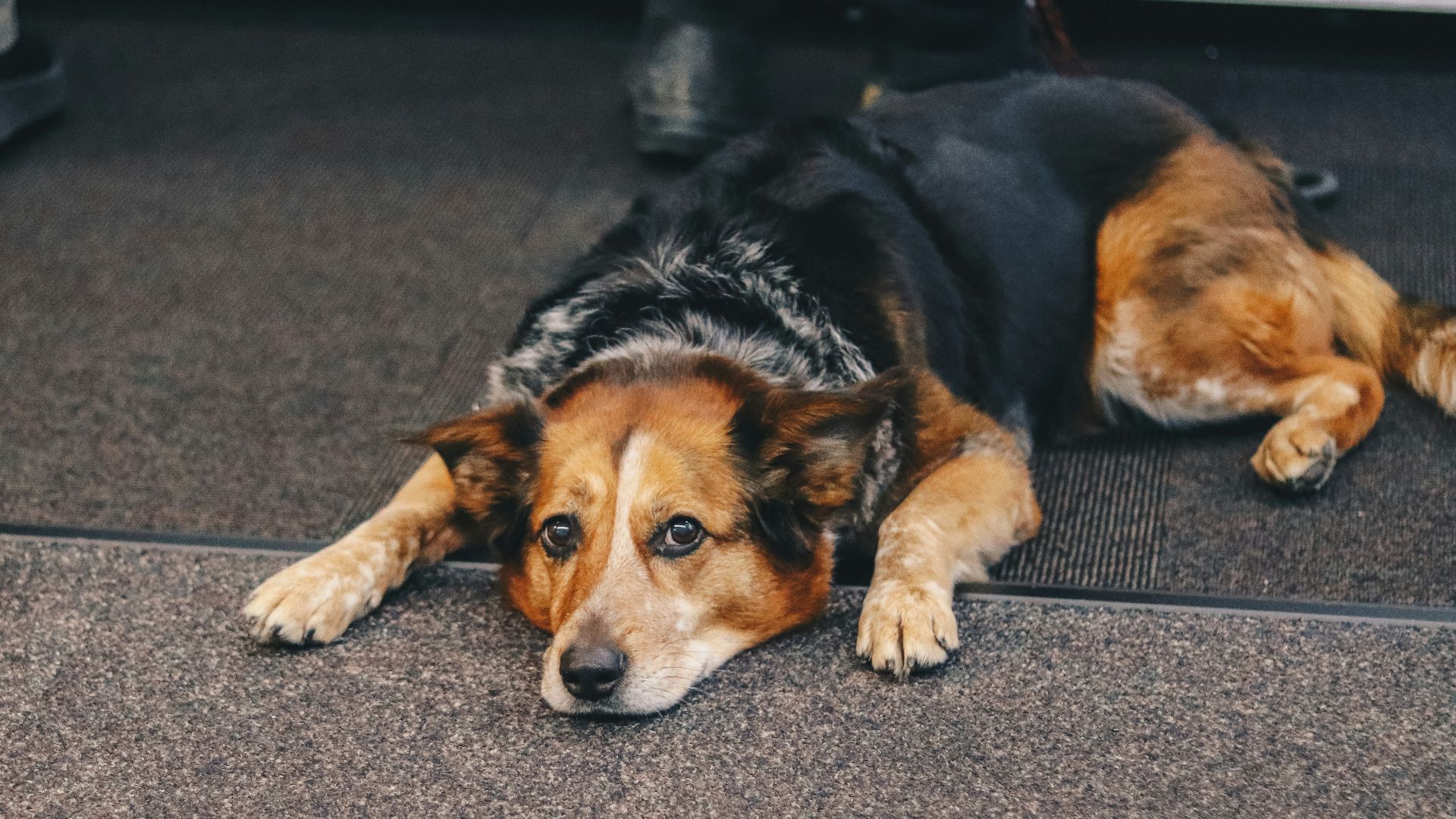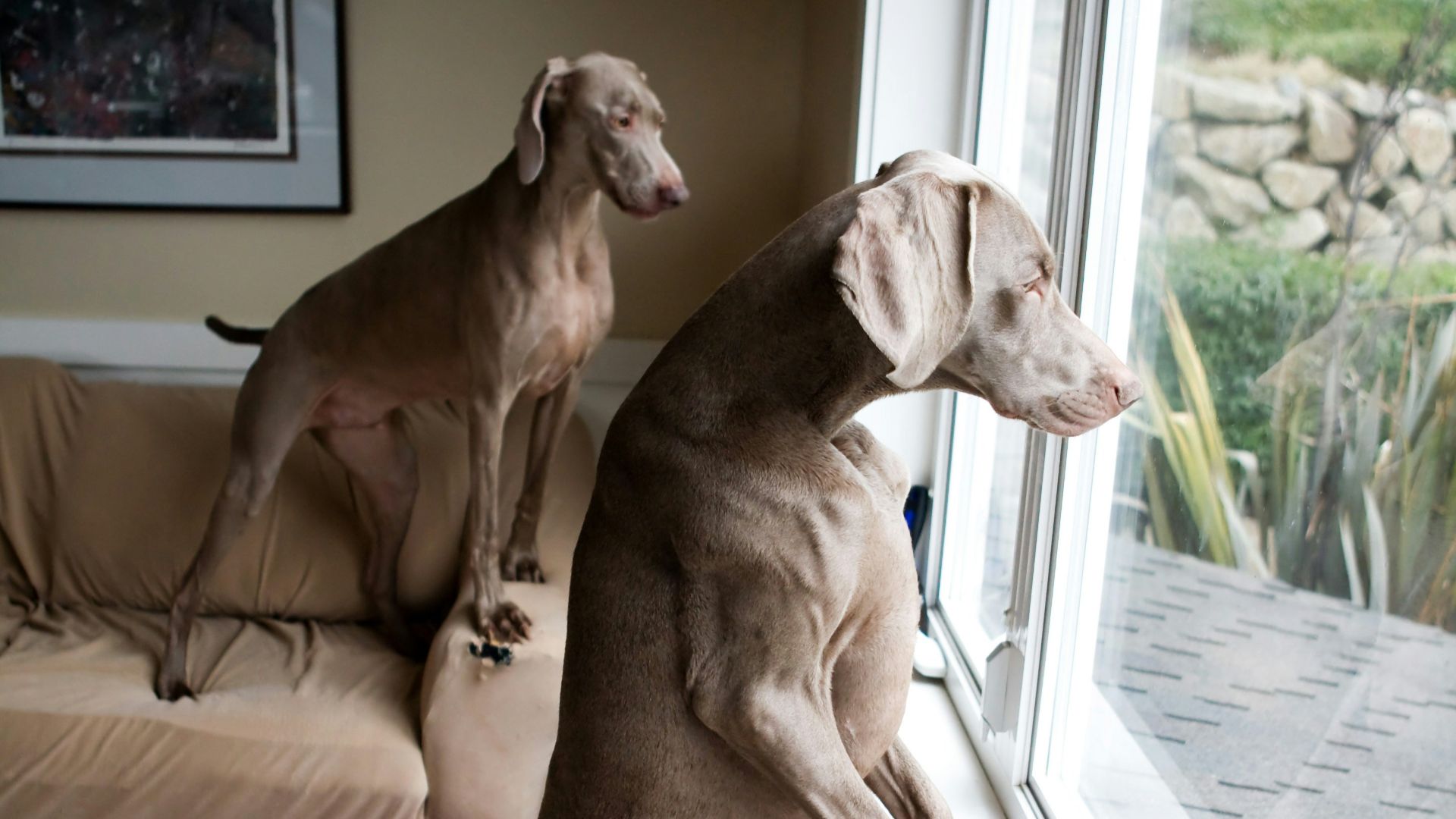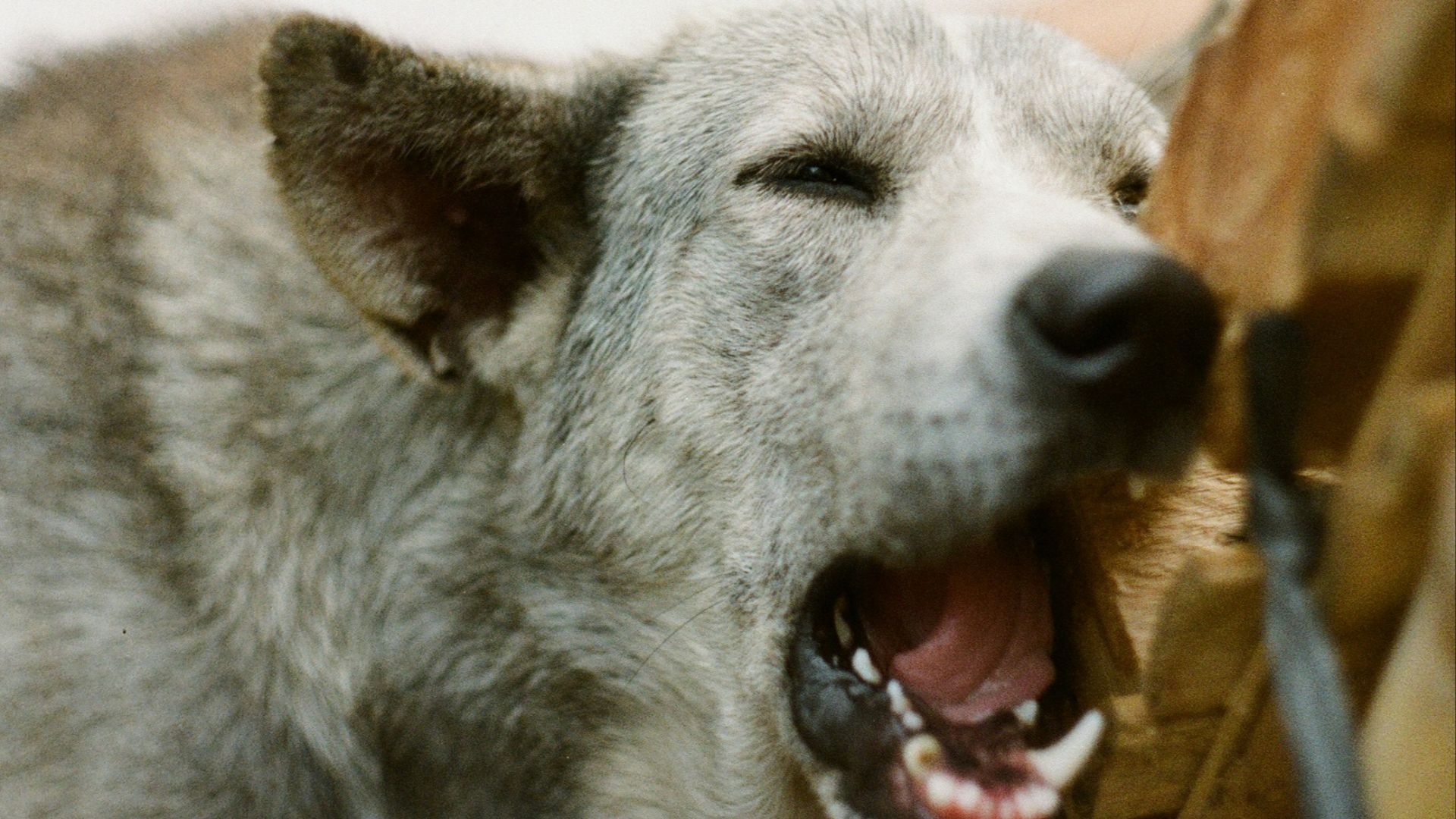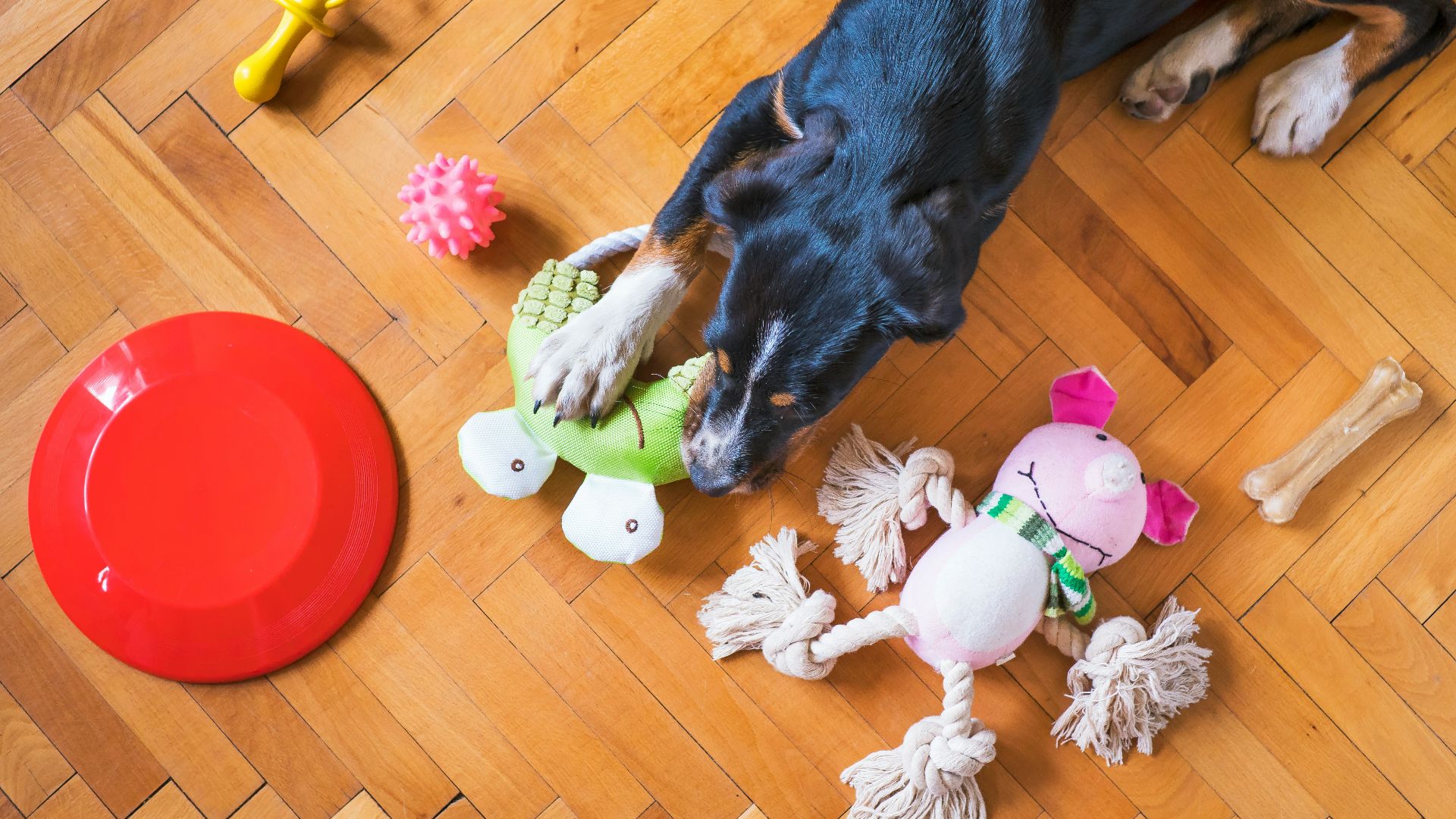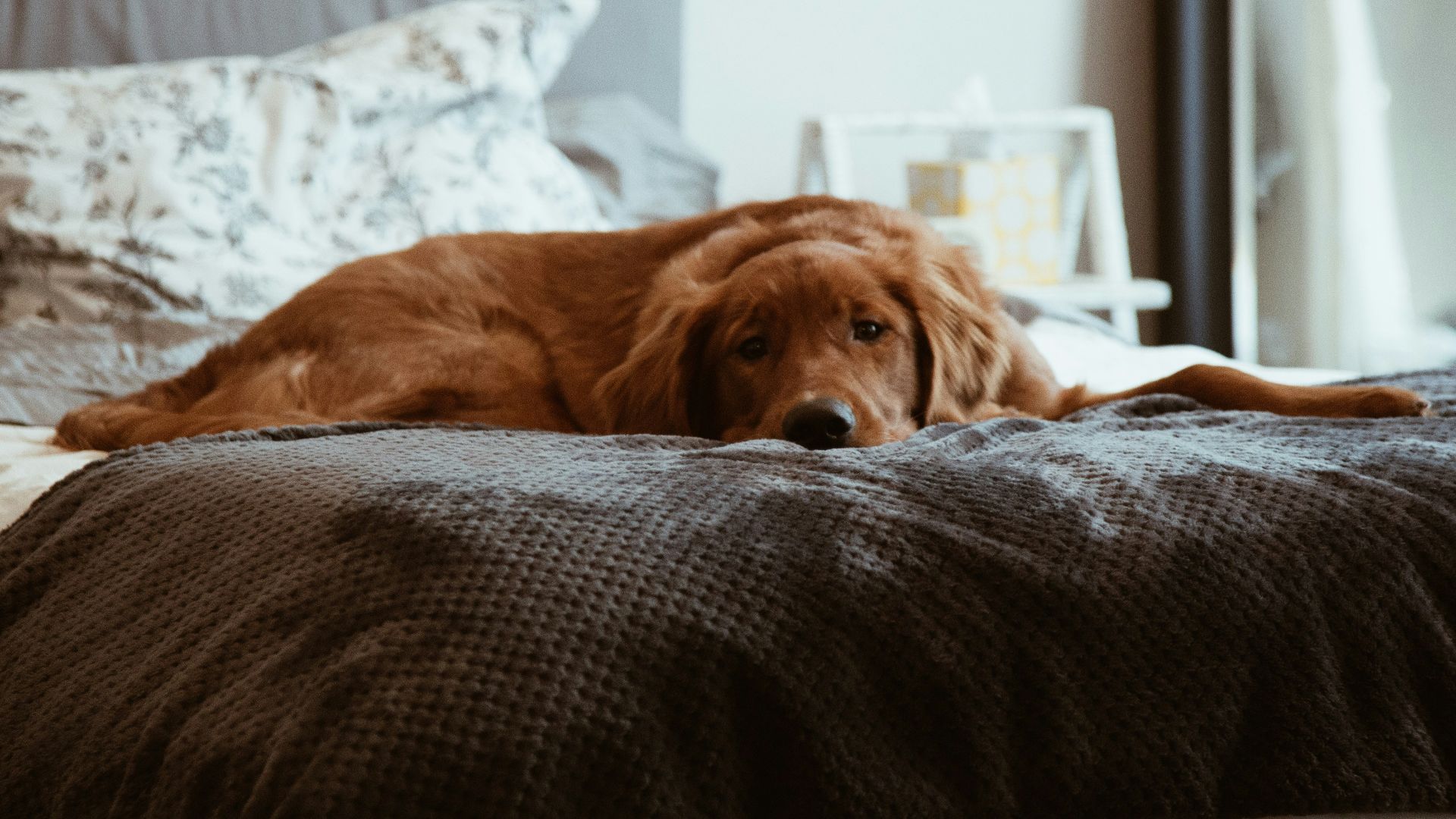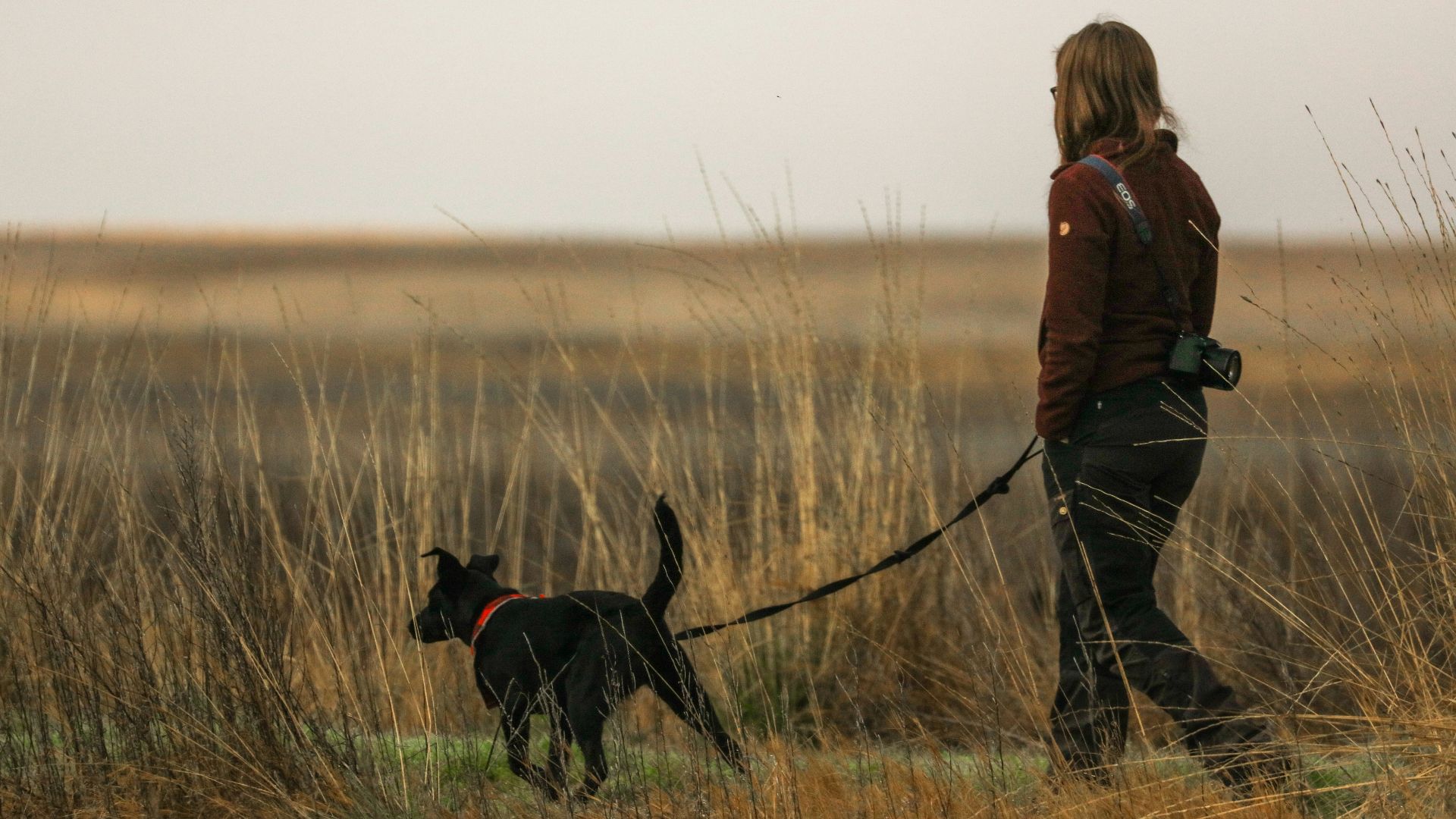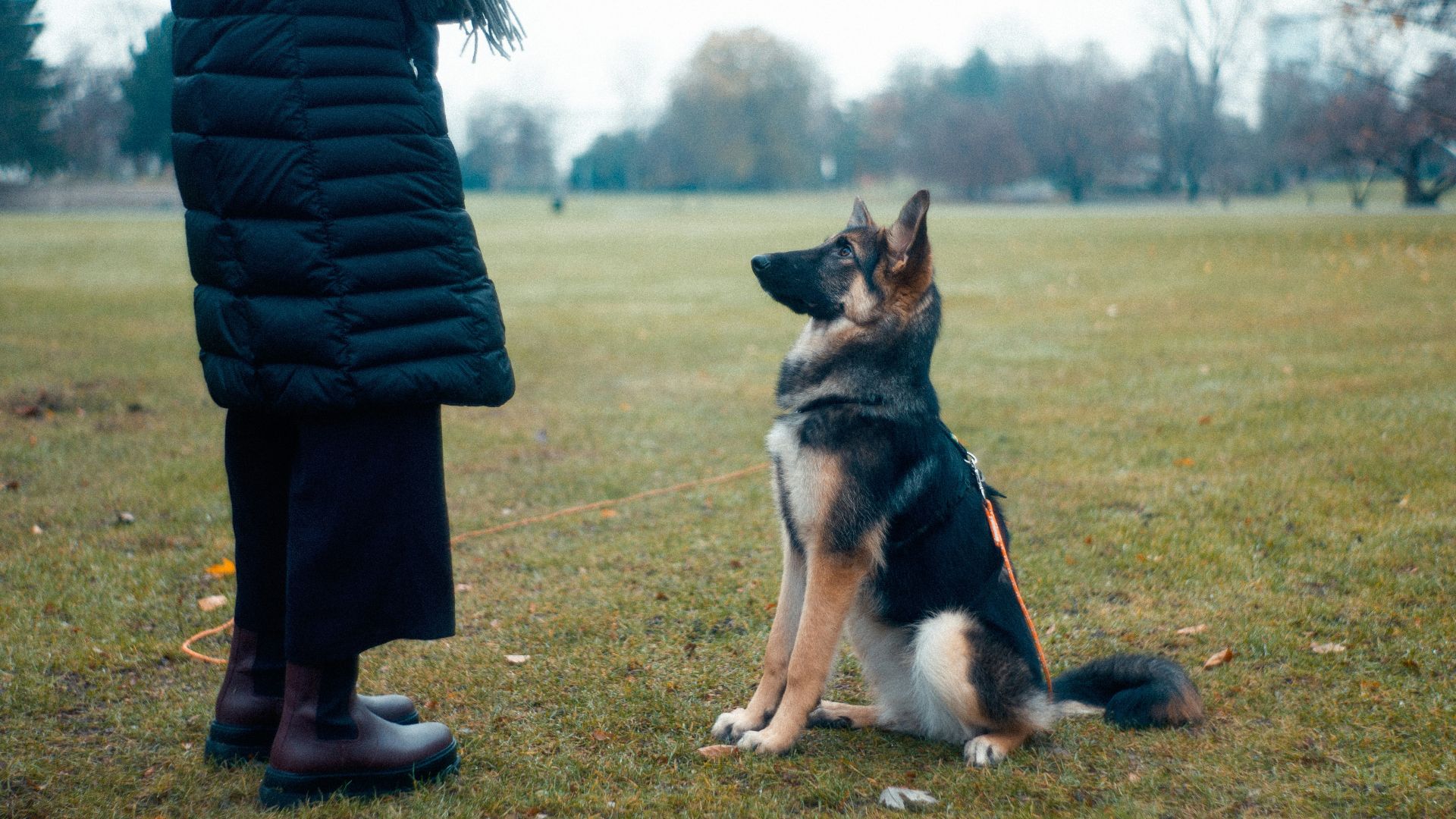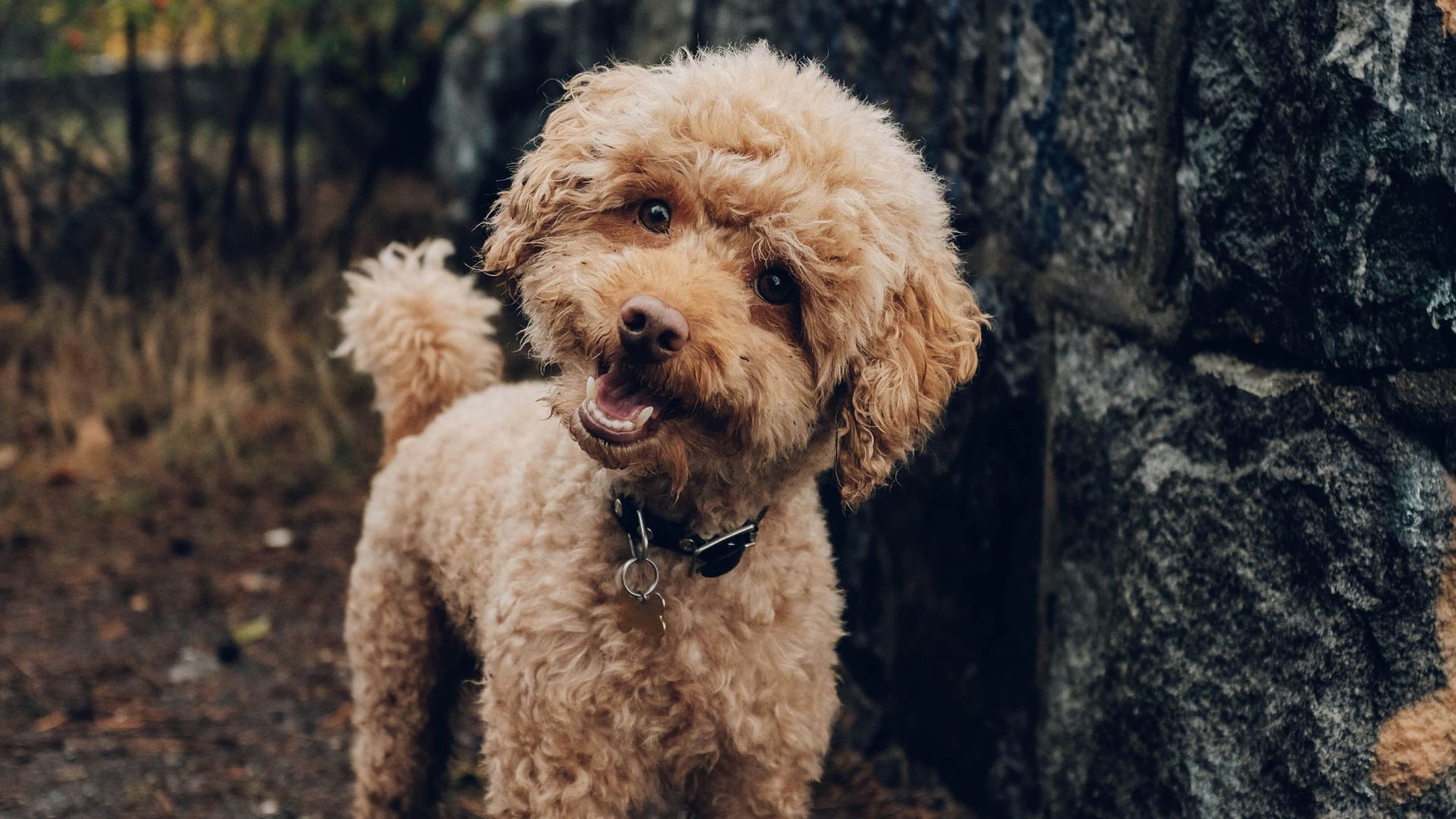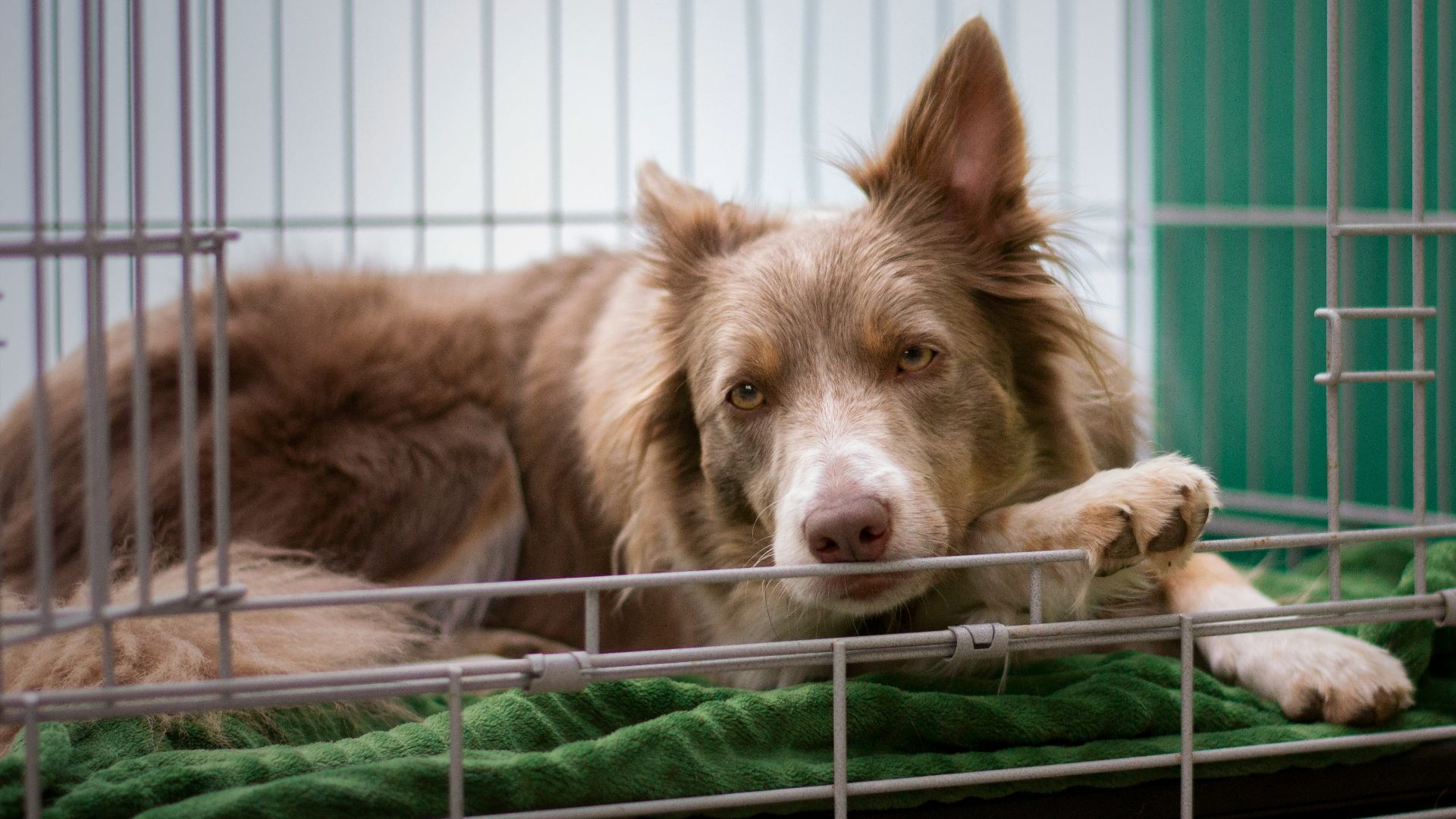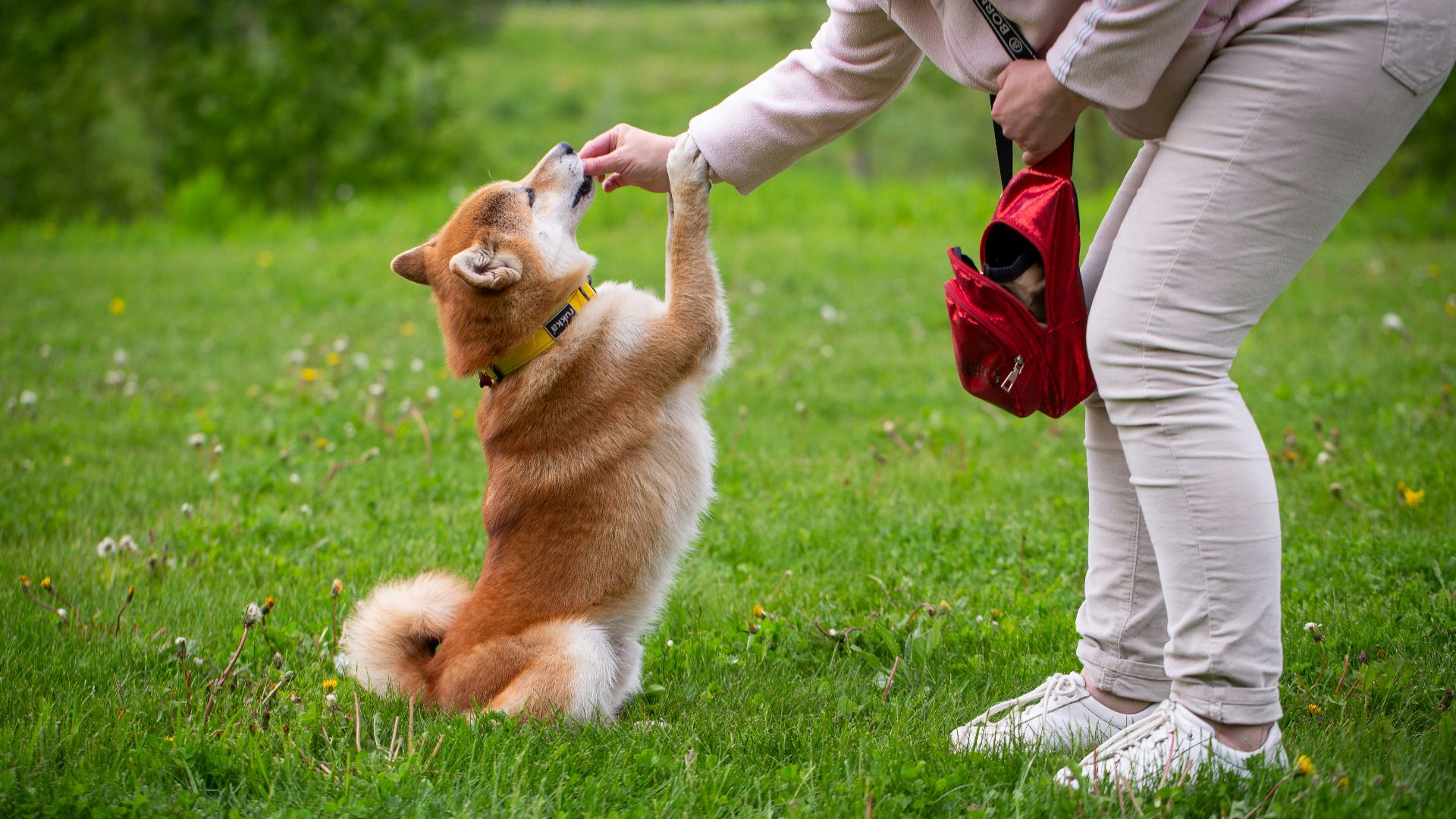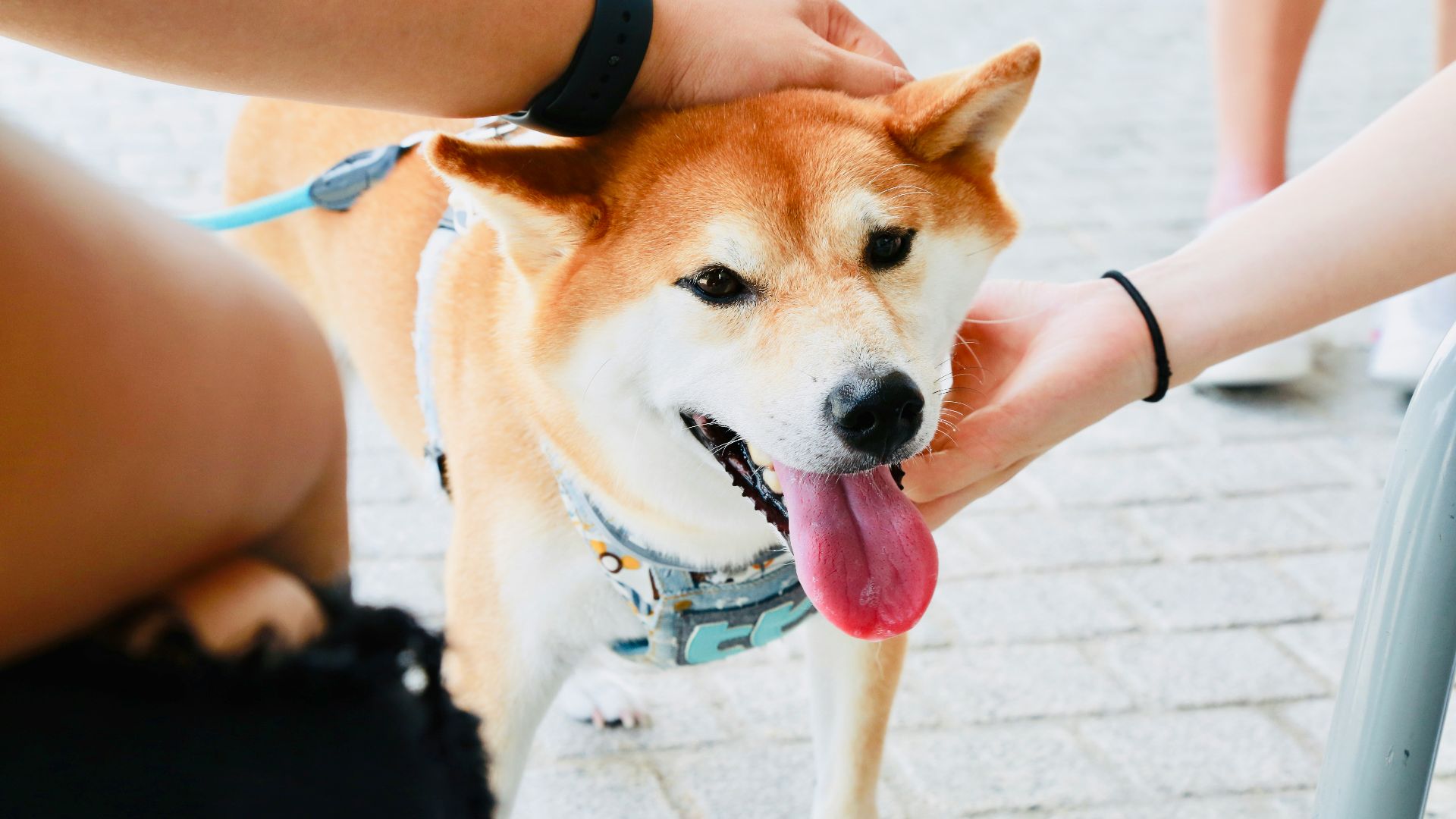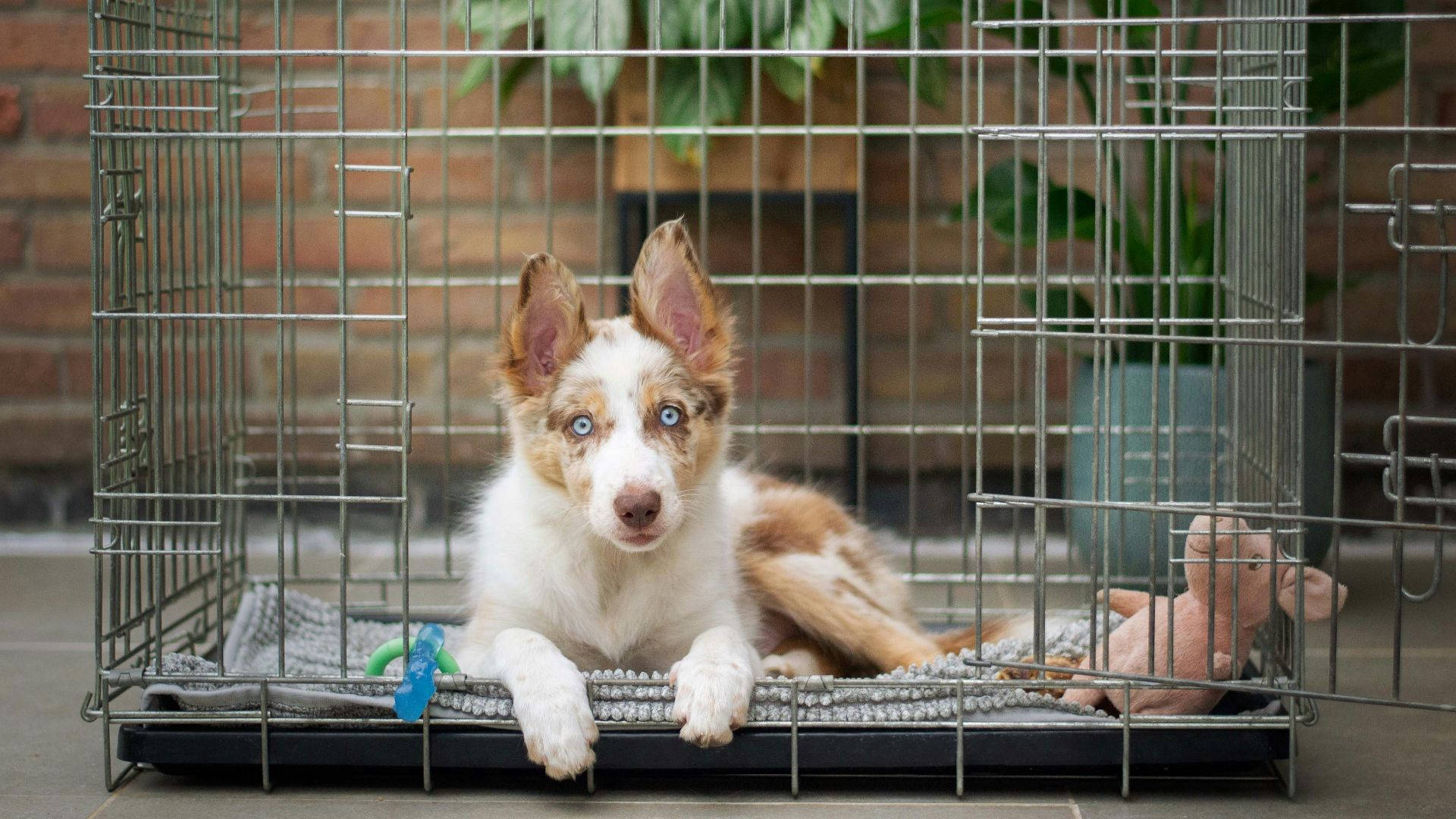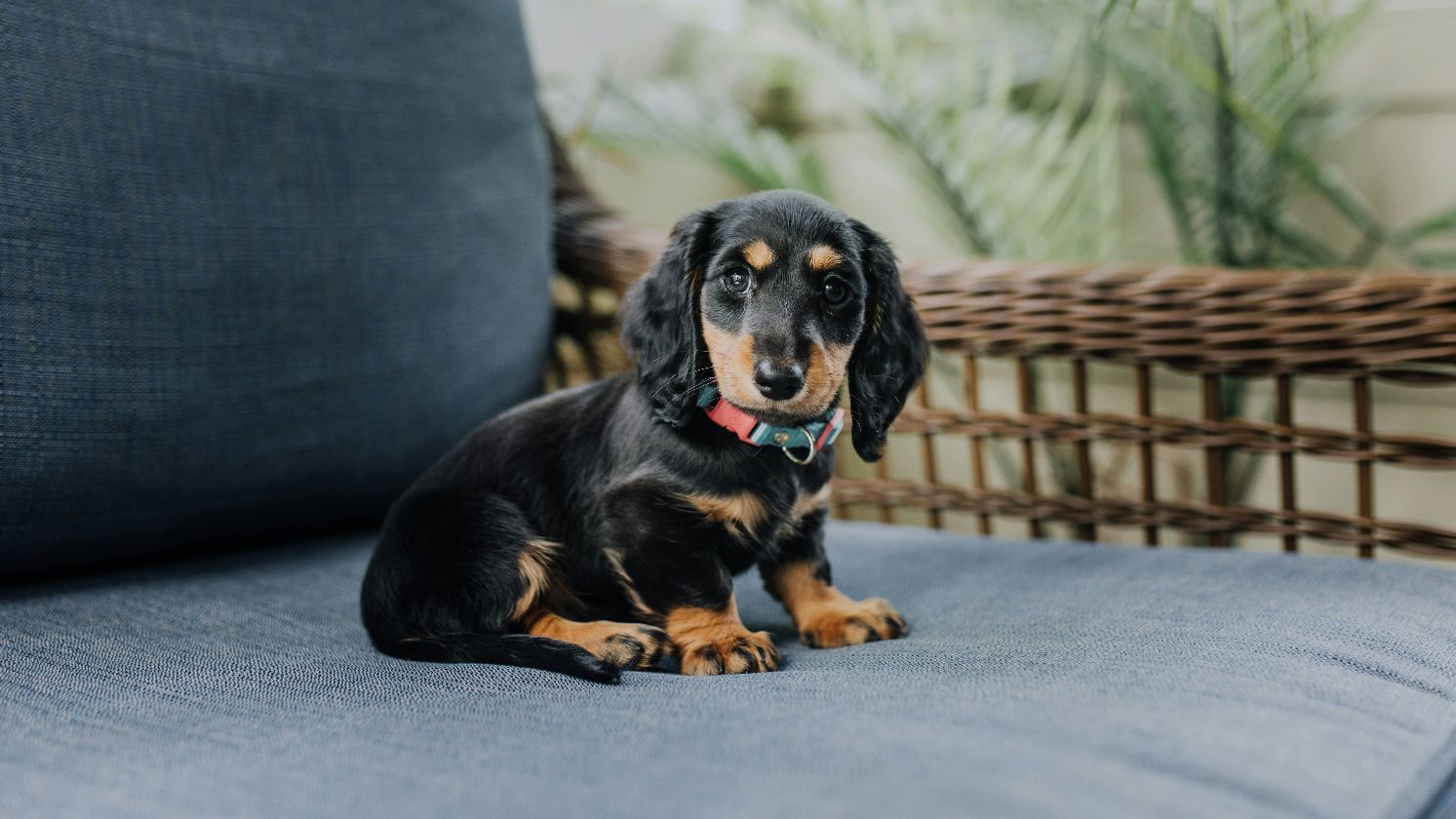Welcome to the Family
Adopting a dog is a life-changing experience for both you and your pet! But as exciting as it is, pet ownership comes with its fair share of hurdles—especially with rescues. Let’s explore some common behaviors to look out for and some simple solutions to help you and your new friend adapt.
1. Fearfulness
Whether brought in from a foster family or rescued from a shelter, adopted dogs have no idea where they are. The sights and sounds of your home, distractions in the neighborhood, and the total upheaval of their surroundings will likely scare them the first few days. Adopted dogs may hide in crates or even under furniture, so give them some time to adjust.
2. Growling
Growling isn’t always a sign of aggression—sometimes it’s fear. Scared pups might get a little overwhelmed when you try to pet them, so it’s important to provide space. Remember their journey and think about how you’d react if someone plopped you into an entirely new home!
3. Rarely Eating or Drinking
Feeding seems obvious to us, but your new pup doesn’t know their schedule yet. Provide clean drinking water and fresh food at designated times, but don’t expect them to chow down right away. Don’t worry, the longer they stay with you, the more familiar they’ll get.
4. Urinating in the House
Even house-trained dogs can regress in a new environment. Don’t lose your cool if the dog relieves themselves indoors. Work with them and reward good behavior with praise or even a treat.
5. Trouble Sleeping
With so many new sights and people, adopted dogs can have a hard time settling. While they’ll eventually establish a routine, new dogs won’t get much sleep those first few days. On the other hand, some adopted dogs do nothing but sleep—but don’t expect that to last either!
6. Noise Reactivity
Oh boy. A car passed the house and now your dog is freaking out. As irritating as it is, reactivity is normal in adopted dogs. Remember: they have no idea where they are, and they may have no exposure to car alarms, knocking, or doorbells.
7. Testing Boundaries
New pups don’t know their schedule yet—and they definitely don’t know the rules. As they got more familiar with their space, they might start testing boundaries. It’s important to stay on top of misbehavior so you can work on corrections accordingly.
8. Chewing
Chewing is usually a sign of stress, and it’s pretty common in adopted dogs. As annoying as it can be, don’t get angry with your pooch; redirect them with toys, engage in training sessions (to provide mental stimulation), and work on establishing a routine.
9. Disinterest in Toys
Adopted dogs don’t always jump at toys! Some could be unfamiliar with them, others might tear them apart, and some dogs are simply too nervous to engage. That’s okay. Monitor how they interact with their toys so you can give them what they need down the road.
10. Separation Anxiety
As dogs get more comfortable with their new owners, they may develop separation anxiety. Keep an eye out for classic symptoms like excessive drooling, pacing, clingy behavior, and whining.
With some common behaviors out of the way, let’s dive into a few tactics you can use to help them adjust.
1. Be Patient
The most important thing pet parents need is patience. Though we’d all love our dogs to adjust in a few days, don’t lose sight of everything they’re dealing with. It’s new for you, it’s new for them, and everyone needs at least a few weeks to adjust.
2. Give Them Time to Decompress
Remember the 3-3-3 rule when adopting a dog. The principle follows a basic guideline: three days, three weeks, and three months of progress. The first three days are simply an adjustment period for your pet (including decompression). The next three weeks are when you start to bond and develop a routine. The next three months are when your dog finally starts to feel at home.
3. Create a Routine
Dogs thrive under a set routine, so spend the next few weeks establishing a schedule. When there’s order, pups know what to expect and become more confident in their environment. Routines also reduce anxiety, help with behavioral issues, and bring you both closer together.
4. Set Boundaries
It’s frustrating to see your dog rip up blankets or gnaw table legs, but they won’t know what’s allowed until you tell them. Work with them on house rules and provide basic obedience training to curb any troublesome behavior.
5. Don’t Overwhelm Them
We know you’re excited to snuggle with your pet, but don’t force them if they aren’t ready! Gauge your pet’s behaviors before you introduce them to new people, new dogs, or new experiences. Doing too much too quickly can cause regression or even more overwhelm.
6. Let Them Come to You
It may be painful to see your dog curled in their crate, but it’s important to let them come to you. Don’t force pets or cuddles, especially because it could overwhelm them and lead to undesirable behavior (like growling or more anxiety).
7. Be Consistent
Obedience training isn’t a one-and-done solution. You and your pet need to work together to not only establish a routine, but to also hammer home any commands you set for them. Persistence allows you both to bond and get used to each other.
8. Positive Reinforcement
Positive reinforcement works over anything else. As upsetting as misbehavior is, dogs don’t understand shouting or getting reprimanded after the fact; if anything, that behavior confuses them and could scare them away from you. Reward good behavior instead, and watch how fast they learn!
9. Crate Training
It’s easy to assume that your dog hates their crate, but kennels provide a safe space for them to decompress. Lure them in with treats, place their food bowl inside, and reward them for spending time in the crate. Positive association teaches them that it’s okay to have downtime.
10. Work With a Trainer
Dogs are a big responsibility, so there’s no shame in turning to someone for help. Trainers can help you both understand the best path forward, work with you on commands, and teach you more about your pup’s behavior.




